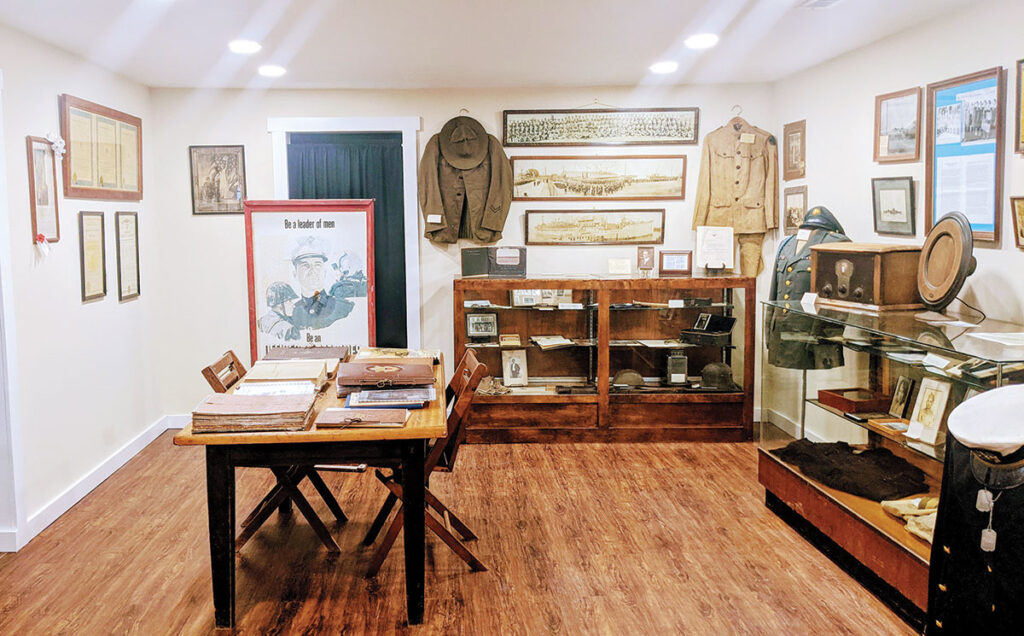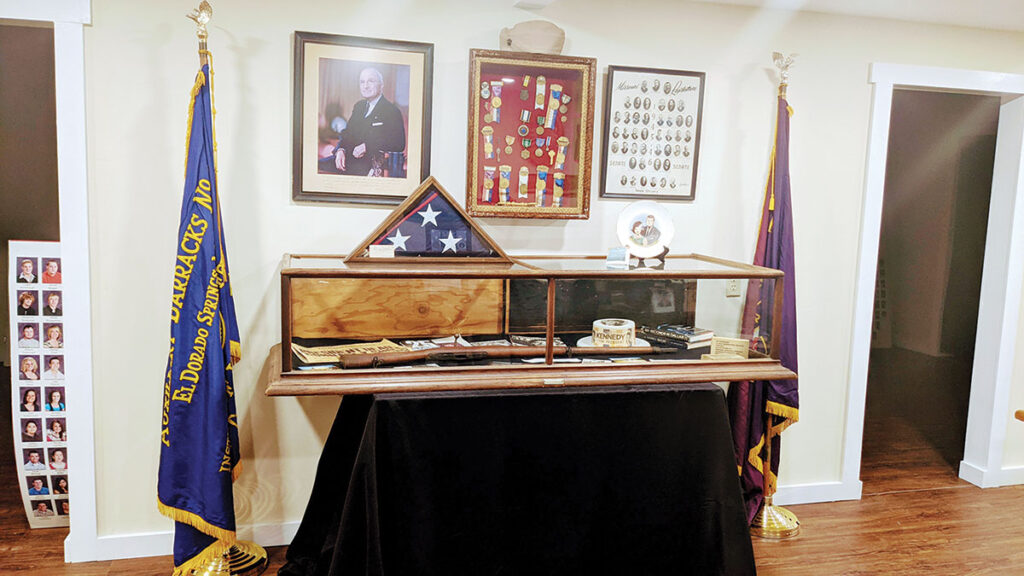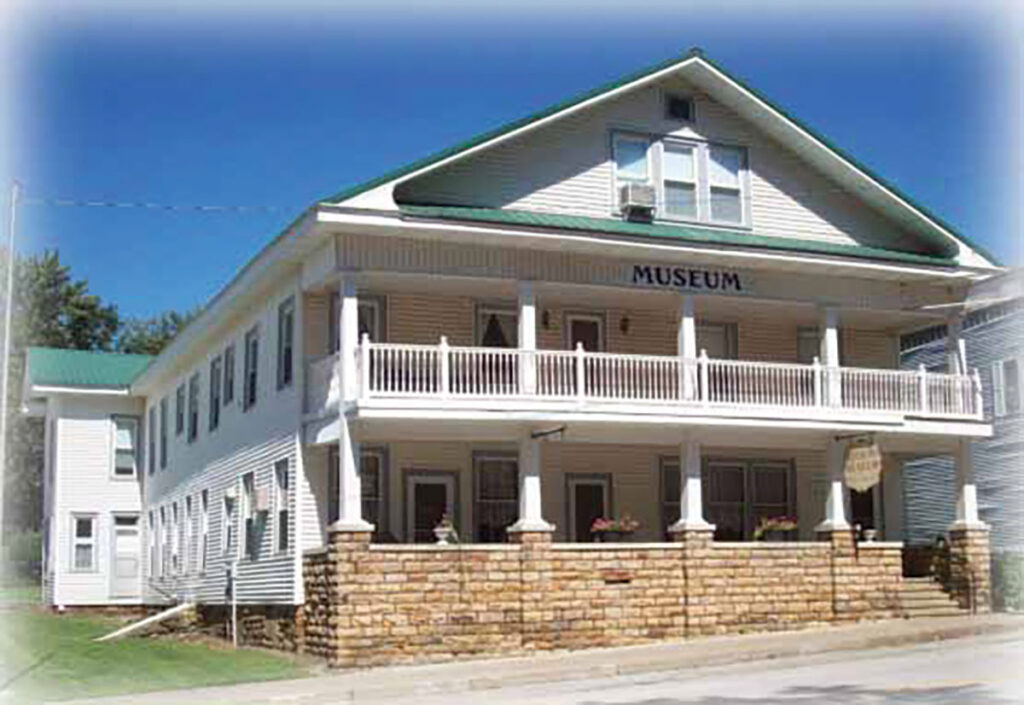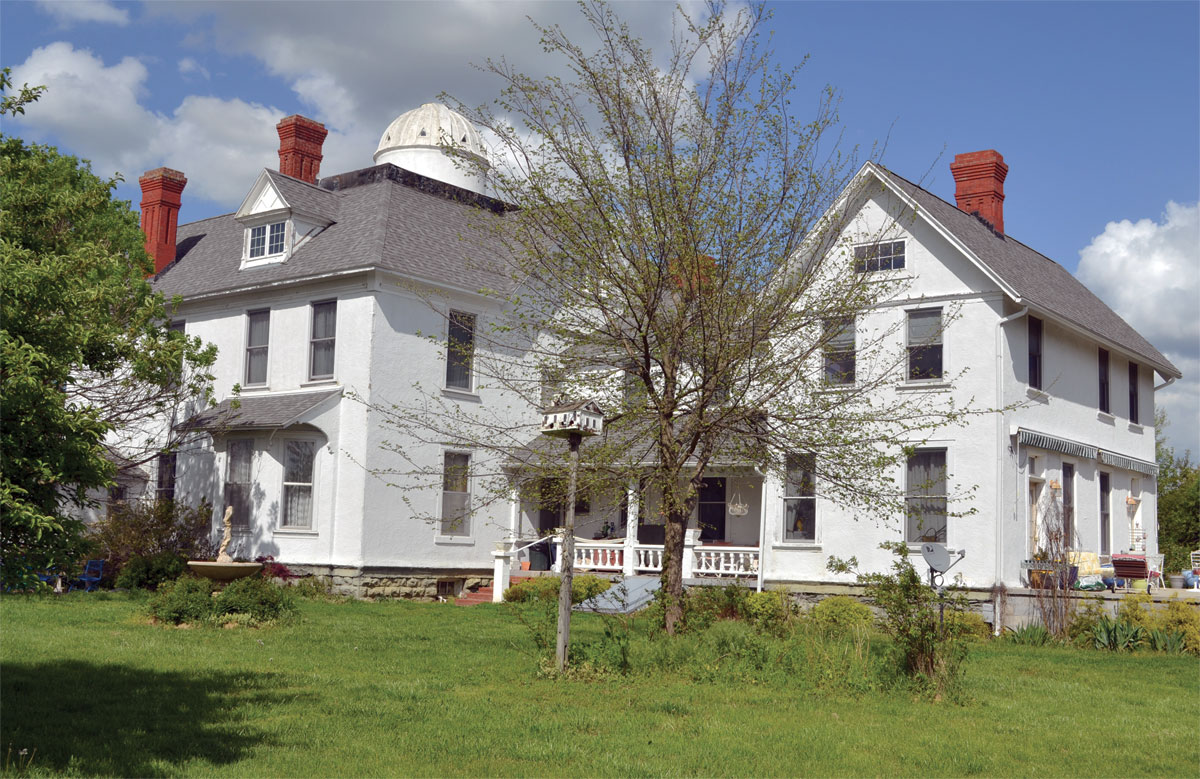
Community rallies to save a piece of El Dorado Spring, Mo., history
El Dorado Springs, Mo., was a place to see and be seen before the turn of the 20th century. There was no better place to do both than at the Palace Hotel.
This new hotel was constructed in 1882, one year after El Dorado Springs was established. It opened for business at 119 West Spring Street, across from the park. Built in the style and grandeur necessary, it housed and entertained huge number of visitors who came to take in the healing waters in the spring.
Shortly after the Palace opened, the name changed to Commercial Hotel. Visitors could still could sit on the second-story balcony and enjoy events in the park, including the band, which began in 1885 or 1886, and visit with those passing by.
Local people took advantage of the fashionable hotel. Social events were slated in the dining room, along with galas and other events keeping El Dorado Springs society entertained.
Remodeled in 1924 by Mrs. W.H. Anthony, the building was renamed The Wayside Inn.
Delicious meals were served in the spacious dining room. The hotel became the setting for dances, teas, receptions, graduation parties, banquets, weddings and other social events. A third floor was added to the 40-year-old structure and became the “Honeymoon Suite,” with its lovely view of the park and its own bath. Hot and cold running water were a plus.
In later years, the building became vacant and in disrepair. A group of concerned citizens established The Preserve Our Past Society, Inc., in 1984, and rescued the hotel. June 1, 1985, the society opened the Wayside Inn Museum to the public with five rooms depicting the local history.

Volunteers staffed the museum and conducted 596 people on tours that day. They also established the first annual Historical Hysteria Day to celebrate the opening of the museum and relive some of the area history.
The hotel became a true community icon as different organizations adopted rooms. The Progress Club recreated an early-1900-style bedroom and bath, which features a water closet, circa 1920.
The Sac Osage Retired Teachers and Alpha Delta Kappa teachers’ sorority recreated a one-room school, complete with desks for the teacher and students, and a slate blackboard from one of the country schools.
Inez and Sidney Hoffman privately financed the Weaving Room, featuring a large loom made by a family member for Lucy Caudel. There is a cherry wood loom dating to 1870.
Sigma Chi Lambda repapered the upstairs hallway with an authentic reproduction of antique wallpaper.
Early settlers’ craftsmanship is shown in many of the artifacts displayed throughout the building. The kitchen contains a bent hickory chair, showing how settlers arrived with practically nothing, but made do. From the wealthier, there is an 1880s icebox and a cooking stove, which used wood for fuel.
A wooden dentist’s chair and drill peddled by the patient while the dentist worked on their teeth is in the hospital room. The faster a person peddled, the faster the drill went.
A coverlet on the bed in the children’s room was woven in 1807. An 1880s walnut child-sized bed and a hand-made child’s roll-top desk and chair is also featured.
Photographs are on display in one of the hallways from Urless and Cloyd Huff, known as the Flying Huffs. They were a local trapeze and tightrope team who traveled the world with their act.

Many changes have been made over the years to the Wayside Inn Museum. The lobby has been redone to make it look more like it would have in the early 1900s. The third floor is finished. It includes a Civil Defense Room set up as an emergency triage. Half of another room is dedicated to the Municipal Band. It has a beautiful mural of the park with a walk-in time of all three bandstands. Long-time supporters of the band, Lillian Sunderwirth and her husband donated all the bookwork and history of the band. The other half of the room is dedicated to local churches and is a work in progress.
Maintaining the building remains a costly affair. After the third floor was finished, they discovered the main lobby had a floor sway. New flooring cost $6,000.
The biggest project just finished is the annex. Behind the main building, an old laundry once stood. When approached by the El Dorado Springs School Alumni Association about the senior school pictures, the museum began immediate efforts to find a home to preserve them. They put a new roof on the old laundry and began a major fundraising campaign. The people of El Dorado Springs and area came up with $25,000. over a three-year period. The board members did the demolition, designs of the rooms and what would be placed in them. With a lot of help from the community, the building was finished in the fall of 2020.
The annex was dedicated to Wilma and Cleo McKinley. Wilma was the second president of the museum. She and her husband donated a huge amount of time and money to get the museum started. Wilma was 99 and a half years of age Nov. 1, 2020, and the society cut the ribbon on the annex on that day with her present.
If Covid-19 allows, another opening is planned for June 5, 2021 at their 36th Anniversary and Historical Hysteria Day.






